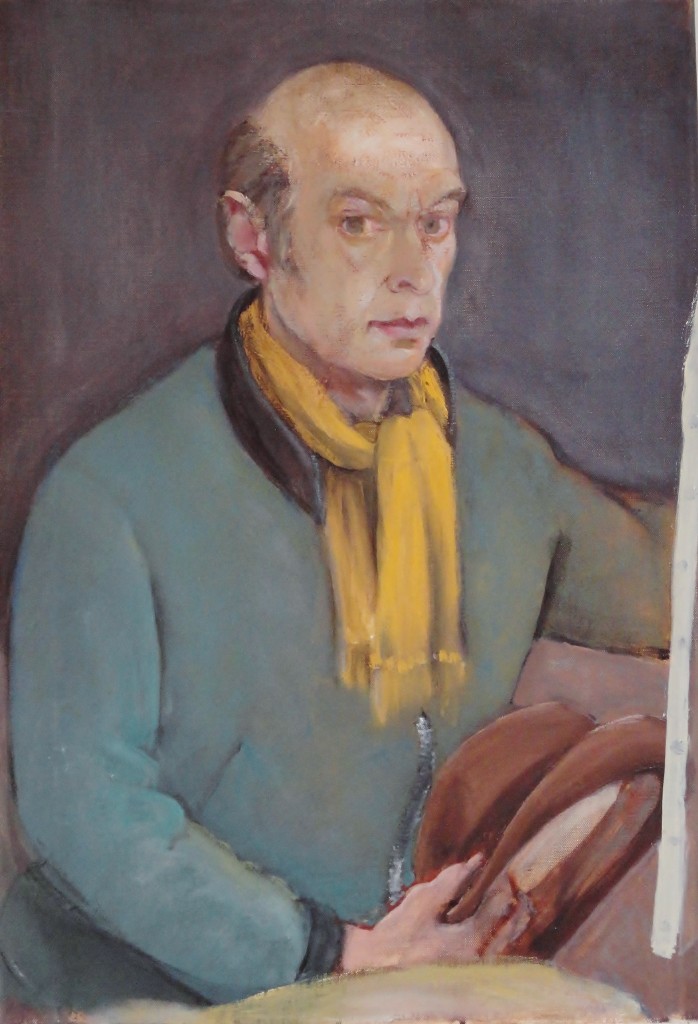
What does giddiness or joy or anger feel like?
In a Rutgers study, a group of autistic adults described giddiness as feeling like “bees,” while small moments of joy were compared to “a nice coffee in the morning” that leads to “a sense of elevation.” They also explained that anger begins with a “body-tensing” sensation and can lead to headaches.
Sure, here’s a clearer version of the text you provided: Despite common beliefs and previous research suggesting that autistic individuals struggle to express their emotions or have limited emotional responses, a study conducted at Rutgers and published in the American Journal of Occupational Therapy has found that many autistic adults are highly attuned to their feelings and can articulate them in vibrant and detailed ways.
“What if everything we know about autism is incorrect?” asked Aaron Dallman, an assistant professor of occupational therapy at the Rutgers School of Health Professions and the author of the study.
“We spend all this time problematizing autism, rather than doing the work to understand what it’s like to be autistic,” he said. “The popular idea that autistic people don’t have rich, emotional lives is simply not true.”
To understand how young autistic adults describe their emotions, navigate their interactions with others, and identify potential strategies to bridge the emotional gap between autistic and nonautistic people, Dallman conducted a series of focus groups. The groups were designed to understand individual experiences.
Twenty-four autistic adults ages 18 to 35 participated in one of six video conference focus group interviews. Dallman facilitated the discussions, which included questions related to how emotions manifest physically, what participants feel during therapy sessions, and how participants communicate about their emotions with others.
A graduate research assistant created and anonymized transcripts from the sessions. The data was then coded and analyzed using a qualitative research methodology that explores how individuals make sense of their experiences.
Many participants expressed that simple emotional words like “happy” or “sad” were not enough to capture their intricate emotional experiences. Instead, they used detailed and dynamic language to describe their emotions, often combining traditional emotional words with references to physical sensations, especially in the stomach.
Participants also reported that exchanging feelings with nonautistic people can be challenging, especially when nonautistic individuals misinterpret the emotional expressions of an autistic person.
“I’ve had people say, like, ‘Wow, you look really happy right now,’ when I’m just kind of chilling out,” one participant said. “I’m not sure what about me looks extremely happy.”
Since the first descriptions of autism, difficulties with human interaction have been considered a common feature of autism spectrum disorder. Dallman said confusion arises when therapists or non-autistic people try to impose neurotypical definitions of emotions – a smile must mean “happy,” a frown “sad” – when these labels don’t apply to autistic people.
Eye contact is a perfect example, according to Dallman. For non-autistic people, locking eyes suggests social interest, but it is often unpleasant for autistic people. Similarly, autistic individuals often use stimming techniques—repetitive actions such as hand flapping or rocking—to regulate emotions, which may be viewed negatively by non-autistic individuals.
Dallman stated that his findings could lead to new autism strategies. Rather than advocating for changes in how autistic people communicate, he suggested that anyone with an autistic person in their life should focus on improving mutual understanding between individuals with diverse ways of experiencing the world.
“We don’t have to change everyone, but let’s think about changing the classroom or caregivers’ attitudes so they understand what messages an autistic individual is communicating and how they express their emotions,” Dallman said. “It’s time for our communities to embrace the unique perspectives and contributions of autistic community members.”